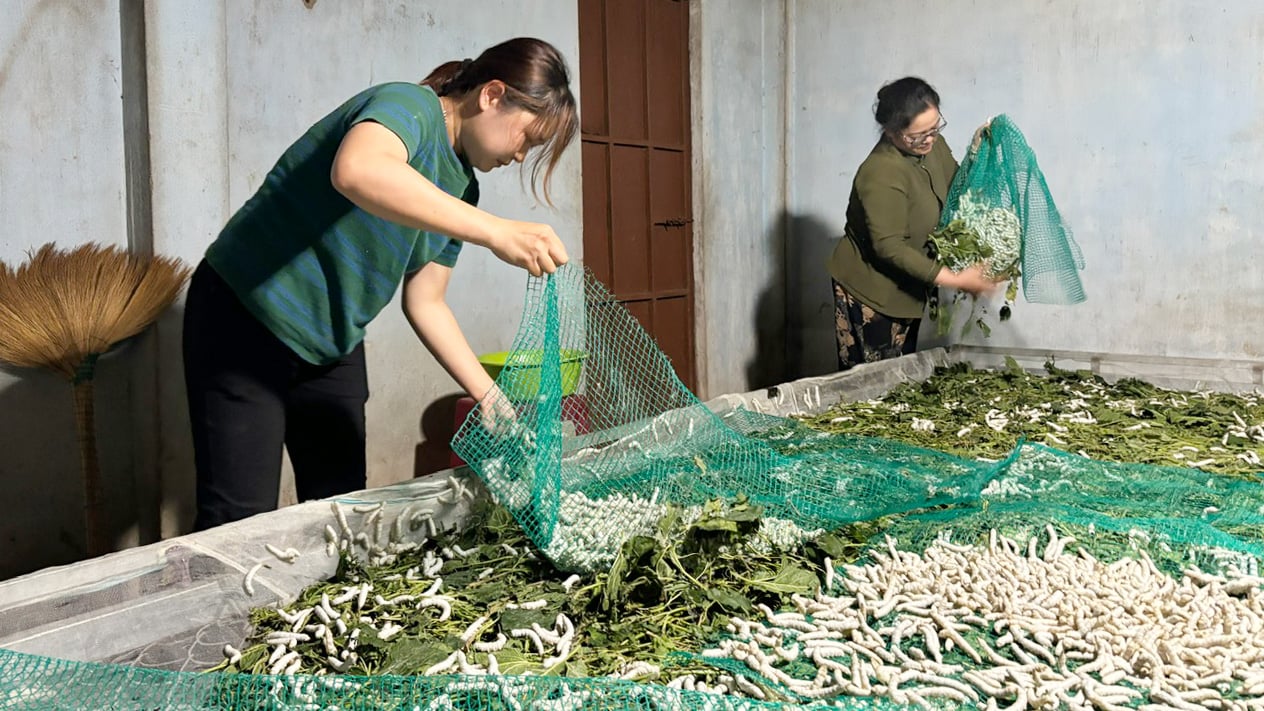 |
| The Gia Lanh people use nets to bring silkworms up to nest. |
• GOOD FAMILY - GOOD LAND, BIRDS PEAK
Ms. Dinh Thi Sau, a resident of Gia Lanh village, Gia Hiep commune, recalled her memories of over 40 years of growing mulberry and raising silkworms: “I settled in Gia Lanh in 1984, at that time most of the villagers grew mulberry and raised silkworms. So, following everyone in the village, I also grew mulberry and raised silkworms, and now I have been attached to the profession for over 40 years.” Ms. Sau’s over 40 years in the silkworm profession is also a long journey, associated with the history of growing mulberry and raising silkworms in Gia Lanh.
“Gia Lanh village was established at the end of 1975, after the country was liberated. At that time, textile factories and silk reeling factories in the suburbs of Saigon stopped operating, and many people from the factories moved to Gia Lanh to settle down. They brought with them the profession of growing mulberry and raising silkworms and established the profession here,” said Mr. Le Van Phe, Head of the Gia Lanh Village Farmers’ Association, who settled down in 1986. According to Mr. Phe, Mr. Nguyen Van Hao was one of the first people to settle down in Gia Lanh and grow mulberry and raise silkworms. On the new land, with good mulberry and healthy silkworms, Mr. Nguyen Van Hao and his family transferred the profession of growing mulberry and raising silkworms to many surrounding farmers, spreading the traditional silkworm profession. Mr. Nguyen Van Hao has passed away, but the silkworm profession left by him and his predecessors has contributed to building the appearance of Gia Lanh today.
Mr. Le Van Phe recalled that before the 1990s, almost 100% of Gia Lanh residents grew mulberry and raised silkworms. At that time, silkworm raising techniques were still old techniques, raised on bamboo trays and bamboo nets. The mulberry variety was also traditional, with small leaves and low productivity. “Raising silkworms at that time was very hard, the mulberry harvested all day was not enough to feed the silkworms. Silkworms had to be raised from eggs, hatched, and cared for very hard, and after a whole month they could not collect a batch of cocoons. However, Gia Lanh people still worked hard, grew mulberry, raised silkworms, and built a prosperous village from silkworms,” Mr. Le Van Phe recalled.
Then the silkworm industry encountered difficulties, cocoon prices were low, and silkworm breeds were not available, and many silkworm regions suffered. However, Gia Lanh people remained devoted to their profession, together with mulberry trees and silkworms, overcoming the difficult period.
• THE CHANGE OF THE SILKWORM PROFESSION
“My family has been raising silkworms for three generations, my grandfather, my father and now my husband and I,” said Ms. Nguyen Duong Thuy Linh, a proud daughter of Gia Lanh. Ms. Linh is the granddaughter of Mr. Nguyen Dinh Tu, the “first generation” resident who came to establish a village and hamlet in Gia Lanh. Mr. Tu was also a silkworm farmer from a very early age, just like the Gia Lanh residents at that time. Then Ms. Linh’s father, Mr. Nguyen Dinh Ky, also continued the family’s silkworm farming business. In the third generation, Ms. Nguyen Duong Thuy Linh and her husband, Mr. Khong Minh Ngoc, continued their father’s traditional profession.
“Raising silkworms is different now than before, the mulberry trees have large leaves and high productivity, and the silkworms do not incubate eggs but raise silkworms at age 3 or 4, very quickly. It only takes 15-17 days to have a batch of cocoons,” Thuy Linh proudly said. According to Linh, Gia Lanh people still raise a lot of silkworms, about 60% of households in the village still grow mulberry trees and raise silkworms. “Gia Lanh people have grasped advanced silkworm raising techniques, raising them on iron racks, reducing care work and improving the quality of cocoons. Even the way of raising silkworms has changed, using nets to support silkworms on square racks, solving the problem of double and triple cocoons when silkworms compete for space to make cocoons, helping to significantly increase the quality of cocoons and reduce the rate of broken cocoons. In the past, when raising silkworms on racks, they still had to use lights to peel the silkworms to make double and triple cocoons, but now the wooden racks have 1 hole, so making cocoons is very convenient, reducing the farmers' labor a lot,” Linh shared.
“Gia Lanh farmers raise silkworms with quite good productivity, from 50 - 52 kg of cocoons/seed box. Regarding care, the cost is about 10 - 12 kg of mulberry leaves for 1 kg of cocoons, this is a good level of care, silkworms grow quickly, the cocoons are thick, the silk is strong. Gia Lanh cocoons are very valuable because of good raising techniques, so they are of high quality”, Mr. Le Van Phe assessed. Mr. Phe informed that out of 210 households in Gia Lanh, there are still about 100 households still growing mulberry and raising silkworms. Some households are old and weak, their children go to work elsewhere or change jobs, so they have abandoned their mulberry gardens. However, silkworm farming is still a profession that brings high income to Gia Lanh people, preserving the 50-year-old traditional profession of the new land.
“In Bao Loc or Lam Ha area, silkworm farming is crowded, concentrated, and known by many people. But we Gia Lanh people are also very proud of the 50-year tradition of growing mulberry and raising silkworms, a profession that has been attached to our grandparents and parents and will continue, helping the villagers have a stable life like today”, Ms. Nguyen Duong Thuy Linh, the 3rd generation to continue the Gia Lanh silkworm farming profession, shared with her affection for the village's traditional profession, a profession that has helped Gia Lanh people build a new homeland.
Source: https://baolamdong.vn/kinh-te/202506/50-nam-lang-tam-gia-lanh-e834328/






![[Photo] General Secretary To Lam receives Australian Ambassador to Vietnam Gillian Bird](https://vphoto.vietnam.vn/thumb/1200x675/vietnam/resource/IMAGE/2025/6/26/ce86495a92b4465181604bfb79f257de)

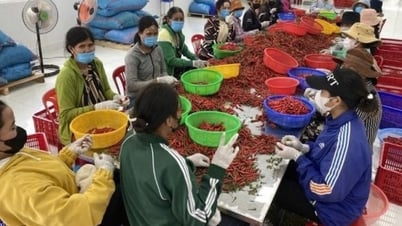
















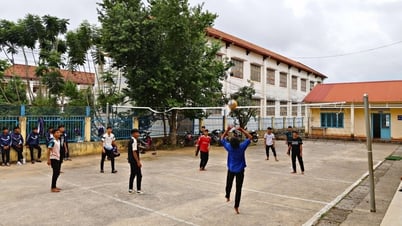



![[Photo] Candidates take the first graduation exam with the new Literature topic](https://vphoto.vietnam.vn/thumb/1200x675/vietnam/resource/IMAGE/2025/6/26/dfded9e317554c25a3e26defe672ebb7)











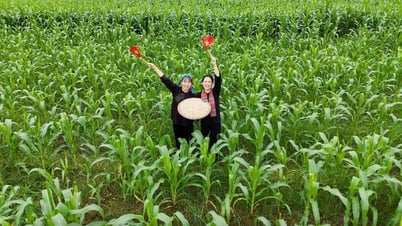

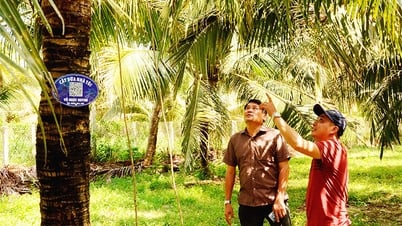



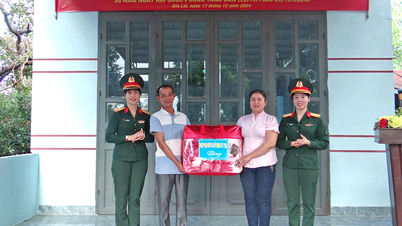































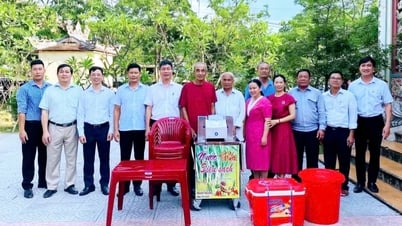













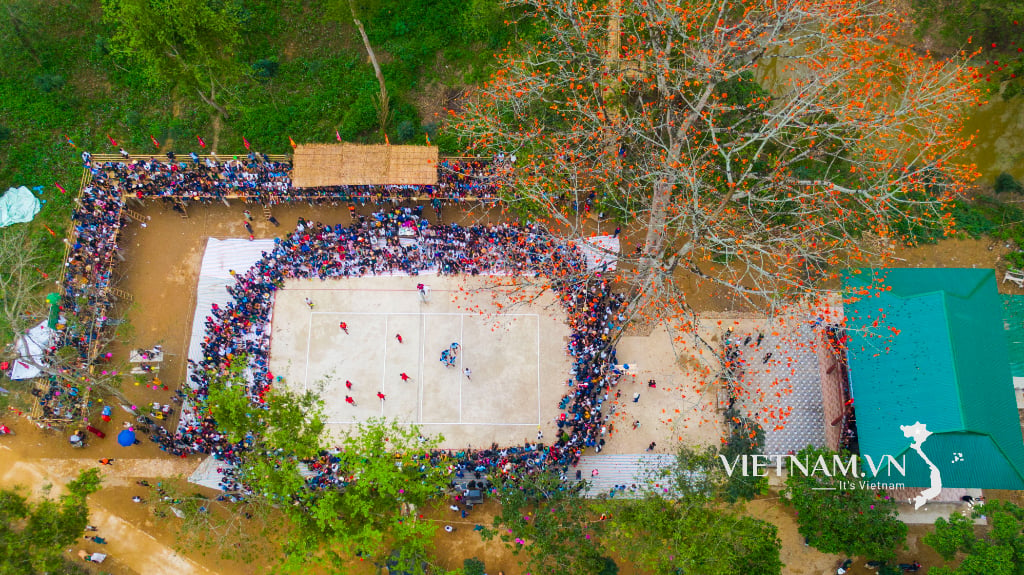



Comment (0)